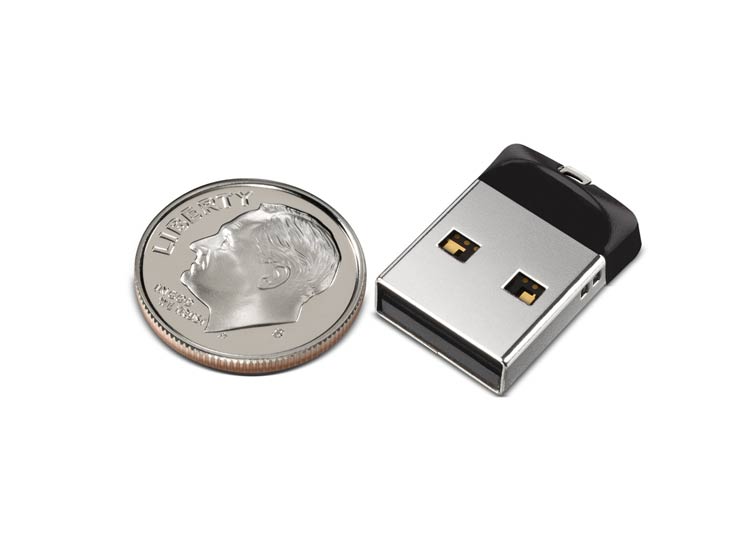vcoleiro1
Hardcore Member
- Joined
- Jan 23, 2011
- Messages
- 4,685
Enticing for sure, but the active power requirement of 2.7W is worrying, that seems a lot higher than the active power requirement of eMMC (about .66W from the one I looked up ie 200mA at 3.3V). Someone else might be able to do some more research and shed more light on this. Also the cost would have to be looked up - I'm guessing it's going to be prohibitively expensive, happy to be proven wrong though.
I think at the end of the day nano SSD will be ruled out due to price and or power consumption.
Now that ED has mentioned that there will be 2 USB 2.0 ports and one micro USB 3.0 port ie 5 removable and expandable storage slot options (2 SD + 3 USB flash drives) , it makes even less sense to lose the faster eMMC storage. I think if after all that you still want a uSD slot, lobby to get the SIM/uSD slot option happening.
I think at the end of the day nano SSD will be ruled out due to price and or power consumption.
Now that ED has mentioned that there will be 2 USB 2.0 ports and one micro USB 3.0 port ie 5 removable and expandable storage slot options (2 SD + 3 USB flash drives) , it makes even less sense to lose the faster eMMC storage. I think if after all that you still want a uSD slot, lobby to get the SIM/uSD slot option happening.
Last edited by a moderator:


